I’m Matthew Beebe.
This is my design consulting practice.
In my work, I use the structures and frameworks I’ve developed to help teams navigate ambiguous, complex problems. In my teaching, those same tools give students the scaffolding they need to find their own way. I believe design has far more potential to address real business and societal challenges than we currently ask of it, and my work is driven by unlocking that potential.


I started my career as a graphic designer, where I built creative confidence and developed an iterative approach to exploring ideas. I learned to value the process as much as the final outcome.
My curiosity pulled me toward the strategic side of design, which led me to the Institute of Design in Chicago for my Master’s. From there, I joined IDEO as a design researcher and interaction designer, working across a wide range of domains and sharpening my ability to make sense of ambiguous problems.
Eventually I wanted to understand the long tail of decisions it takes to bring a product to market. I joined the Palm WebOS team to see a complex software product through from concept to launch, working side-by-side with engineers and learning how design actually integrates into an engineering organization. I carried those lessons into several startups, working closely with founders and small teams to turn early ideas into shipped products.
Over time, I realized I wanted my work to align more closely with my values and interests. That led me to focus on teaching alongside consulting. In my interaction design and systems design courses at CCA, I give students practical structures and frameworks that help them take their first steps into ambiguity and build confidence through making, critique, and reflection.
Early in my career, there was growing optimism about the role design could play in tackling complex business and societal challenges. Today that opportunity feels less certain—blurred by superficial versions of design practice and new pressures introduced by AI. But I still believe the core question remains the same: how do we decide what to make?
Helping teams and students build that capacity—clarity in ambiguity, structure in complexity—is the throughline of my work.


